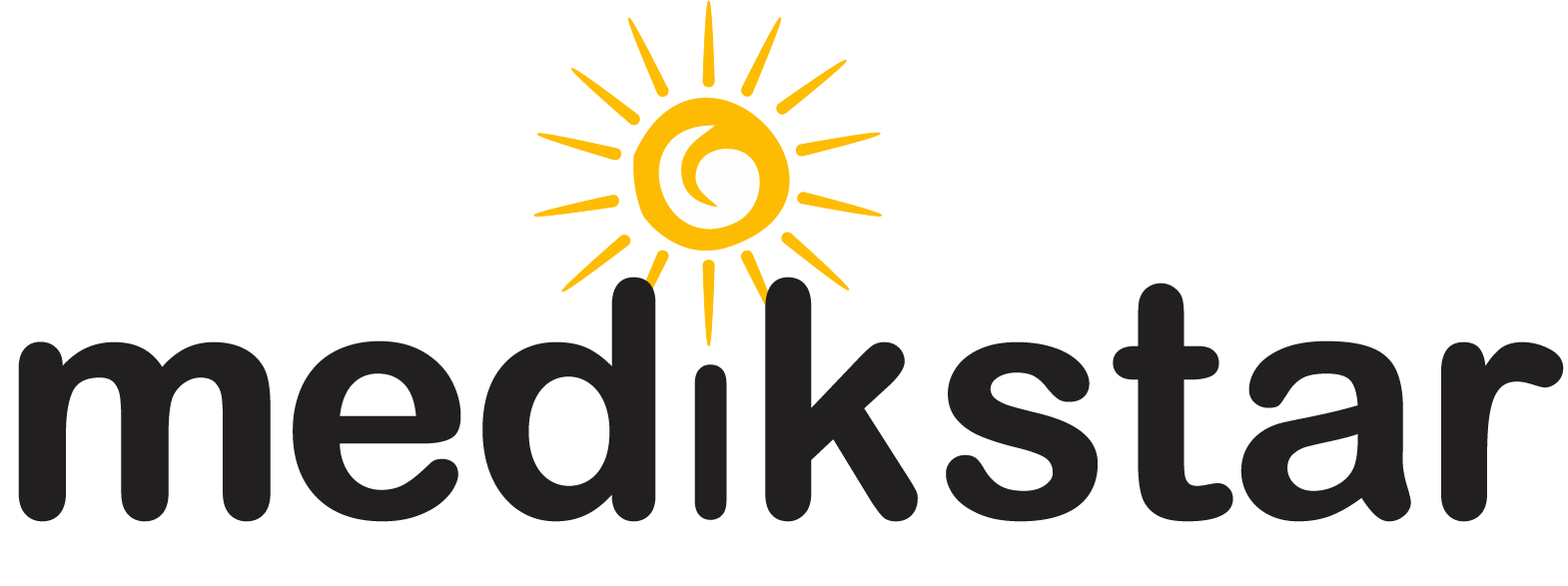| CA125 | A protein in the blood that is raised in ovarian cancer. It can also be raised in endometriosis, pregnancy and infection. |
| Caesarean birth | An operation in which a baby is born through a cut made in the wall of the abdomen and the uterus. It may be done as a planned (elective) or an emergency procedure. |
| Cancer | A disease of the cells. |
| Candida albicans | See vaginal thrush. |
| Cardiotocography (CTG) | A machine which traces the baby’s heart rate and the woman’s contractions before and during birth to assess the baby’s wellbeing. |
| Catheter | A small tube that can be passed through a part of the body, for example through the urethra (to empty the bladder). |
| Cell | The tiny building blocks which make up the organs and tissues of the body. |
| Cephalhaematoma | A bruise on the newborn’s head caused by a suction cup being used to help deliver the baby. |
| Cervical screening | An internal swab test to check your cervix is healthy. It is sometimes called a smear test. |
| Cervix | The entrance or neck of the womb, at the top of the vagina. |
| Chickenpox | A viral infection (also called herpes zoster, varicella or varicella zoster). If a pregnant woman catches chickenpox, it may cause problems for her baby. |
| Chignon | A swelling on the baby’s head as a result of a ventouse birth. It settles within a day or so. |
| Chlamydia trachomatis | A sexually transmitted infection which can damage the reproductive system of both men and women if it is not treated promptly. Chlamydia is treated with antibiotics. Both partners require treatment. |
| Cholesterol | The name for a group of blood fats. It includes LDL, or low-density lipoprotein, which is ‘bad’ cholesterol; HDL, or high-density lipoprotein, which is ‘good’ cholesterol; and triglycerides (TG). A high level of cholesterol in the blood is a major risk factor for heart attack and indirectly increases your risk of stroke. |
| Chocolate cysts | Cysts which form on the ovaries in some women who have endometriosis. Also known as endometriomas. |
| Chorioamnionitis | An infection inside the uterus affecting the membranes (called the chorion and amnion) which surround the amniotic fluid. |
| Chromosomal abnormality | A different number or arrangement of chromosomes from the usual pattern. |
| Chromosomes | The genetic structures within cells which contain our DNA (the material that carries genetic information). A normal cell contains 46 chromosomes. See also gene. |
| Chronic | Something that persists or continues for at least six months. |
| Clear margins | When no cell changes are present along the edge of tissue removed during treatment for cervical cell changes. |
| Clinical guidelines | Statements based on properly researched evidence which help healthcare professionals and patients to make decisions about medical care and treatments. |
| Clitoris | A small organ under a fold of skin at the top of the vulva. The external part is about the size of a pea. When a woman is sexually aroused it swells with blood and produces feelings of sexual pleasure when stimulated. |
| CMV | A common infection caused by the herpes simplex virus that is spread from person to person by bodily fluids (blood, breast milk, saliva and semen). CMV does not usually cause symptoms in healthy people, but if you catch it for the first-time during pregnancy it can sometimes be passed to the baby which can cause them to have health problems. |
| Colostrum | The first breastmilk produced during pregnancy and in the first few days after your baby is born. |
| Colposcope | A type of microscope used to see the cervix in detail during colposcopy. It has a light attached and stays outside of the body. |
| Colposcopist, colposcopy nurse specialist or nurse colposcopist | A doctor or nurse who has completed medical or nursing training and continued onto colposcopy training. |
| Colposcopy | A hospital examination used to diagnose, monitor and treat cervical cell changes. |
| Complementary therapy | Treatments and therapies that are not part of conventional medicine. Examples include acupuncture, homeopathy and herbal medicine. |
| Complete miscarriage | When all the tissue associated with a pregnancy has gone and the uterus is empty. |
| Complications | Problems that develop after an operation, treatment or illness. |
| Consultant-led | A consultant led maternity unit is a maternity unit where there are specialist doctors (obstetricians and anesthetists) as well as midwives, available at all times to look after you during your labour and the birth of your baby. There will also be neonatologists (doctors who specialize in the care of newborn babies) available to look after your baby if they need additional support at birth. You may be advised to give birth in a consultant led unit if you have risk factors which may make labour or birth more complicated for you or your baby. |
| Conception | When an egg is fertilised by sperm and then starts to grow in the womb. |
| Condition | A state of being, like being healthy or fit, or having a problem, such as a heart problem. |
| Confidentiality | The duty of health care professionals to not inappropriately share personal information disclosed to them in the course of their professional duties, by following the regulations regarding information sharing set out by the law and the General Medical Council |
| Continence | Having full control of the bladder and/or bowel. See also stress incontinence. |
| Contraception | Contraception, or birth control, is what you and your partner can use to help prevent an unwanted pregnancy or to space out your pregnancies. There are many different forms of contraception including condoms, hormonal pills and implants, hormonal and non-hormonal coils and permanent methods such as female sterilization or vasectomy. You can get more information about contraception from your GP or a family planning clinic. |
| Corticosteroids | A group of hormones which may be used to suppress the body’s immune response or to reduce inflammation. Also used during pregnancy in women who are thought may have their baby prematurely. They reduce the chance of the baby having problems from being born prematurely. See also steroids. |
| Counsellor | A trained professional who helps people to make sense of feelings and issues. |
| CTG (cardio-tocograph) | This is a machine that measures your baby’s heart beat and your contractions by using sensors that are attached to your abdomen with an elastic belt |
| Cystocele | When the bladder bulges into the weakened wall of the vagina. A lump may be seen or felt. |

